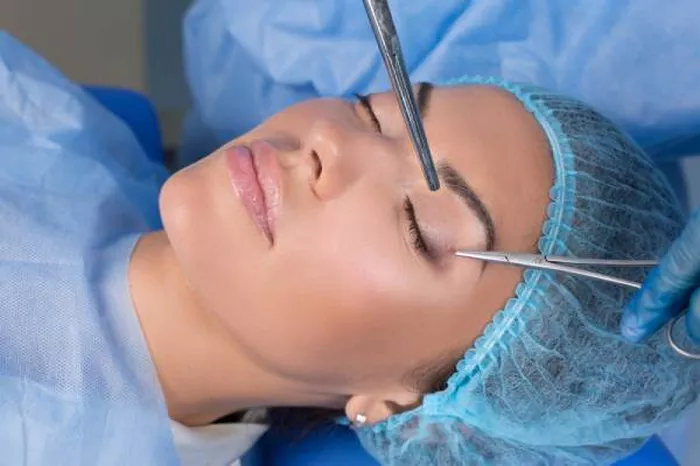Dermaplaning and lower eyelid blepharoplasty are two distinct cosmetic procedures aimed at enhancing different areas of the face. Dermaplaning is a non-invasive exfoliation technique that removes dead skin cells and fine vellus hair, while lower eyelid blepharoplasty is a surgical procedure designed to address under-eye bags and puffiness. In this article, we will explore whether hair grows back thicker after dermaplaning and what to expect after undergoing lower eyelid blepharoplasty.
Part 1: Will Hair Grow Back Thicker After Dermaplaning?
Dermaplaning is a popular exfoliation method performed by skilled professionals to remove dead skin cells and vellus hair from the face. One of the most common myths associated with dermaplaning is the belief that vellus hair will grow back thicker and darker after the procedure. However, this is not supported by scientific evidence.
The growth rate, texture, and color of hair are mainly determined by genetics and hormonal factors, not by the method of hair removal. Dermaplaning does not alter the structure of hair follicles or affect the hair growth cycle. Therefore, the vellus hair that grows back after dermaplaning will maintain its original texture and color.
Dermaplaning provides several benefits, such as smoother skin texture, improved product absorption, and a more radiant complexion. It is a safe and effective treatment suitable for most skin types, including sensitive skin.
Part 2: What Happens After Lower Eyelid Blepharoplasty?
Lower eyelid blepharoplasty is a surgical procedure that targets under-eye bags, puffiness, and excess skin. During the procedure, the surgeon makes incisions along the lower eyelid to remove or reposition the excess fat and tissue, resulting in a more rejuvenated and refreshed appearance.
Recovery Period: After the surgery, patients can expect some swelling, bruising, and discomfort around the eyes. Cold compresses and prescribed medications can help manage these symptoms during the initial recovery period.
Rest and Healing: It is essential to take ample rest and follow the surgeon’s post-operative care instructions diligently. Avoiding strenuous activities and keeping the head elevated during sleep can aid in a smoother recovery.
Results: The final results of lower eyelid blepharoplasty become apparent gradually as the swelling subsides. Patients can expect a more youthful and rejuvenated appearance with reduced under-eye bags and puffiness.
Scarring: The incisions made during the surgery are typically well-concealed within the natural creases of the lower eyelid, minimizing the visibility of any scarring.
Long-Term Results: Lower eyelid blepharoplasty provides long-lasting results, but it does not stop the natural aging process. As time passes, some signs of aging may reappear. However, the results of the procedure can still be evident years after surgery.
Conclusion
Dermaplaning is a non-invasive exfoliation technique that does not alter the growth rate or texture of vellus hair. Hair that grows back after dermaplaning will maintain its original texture and color. On the other hand, lower eyelid blepharoplasty is a surgical procedure that aims to address under-eye bags and puffiness. The surgery provides long-lasting results, but it does not prevent the natural aging process.
Both dermaplaning and lower eyelid blepharoplasty are safe and effective procedures when performed by skilled professionals. For individuals considering these cosmetic treatments, it is essential to have a consultation with reputable practitioners to discuss their specific needs and expectations. By understanding the facts about each procedure, patients can make informed decisions about their cosmetic enhancement journey.


